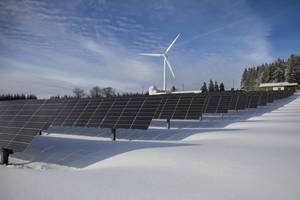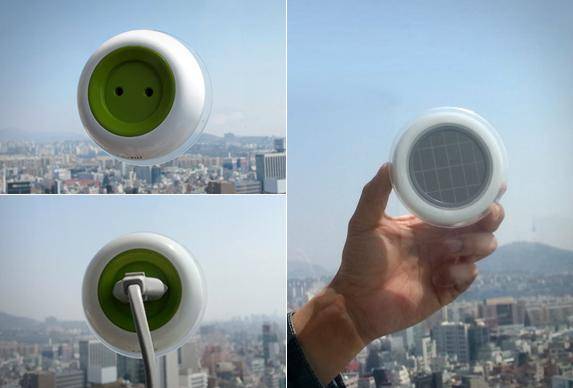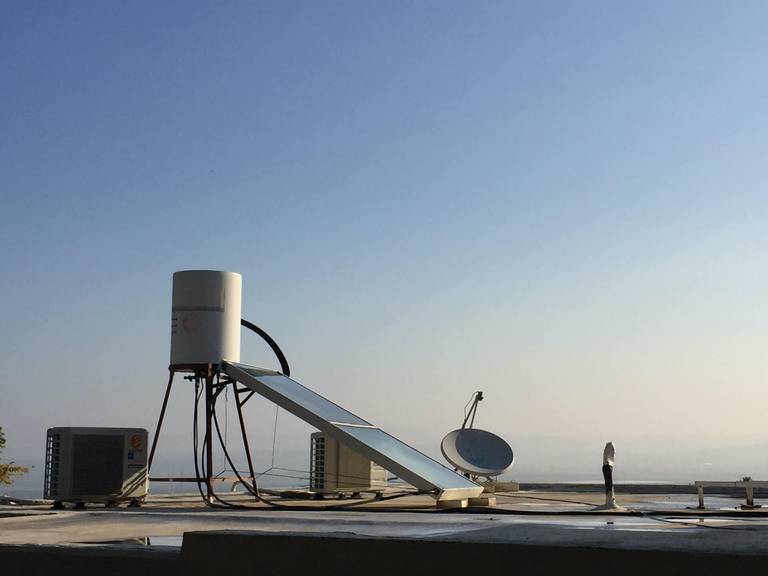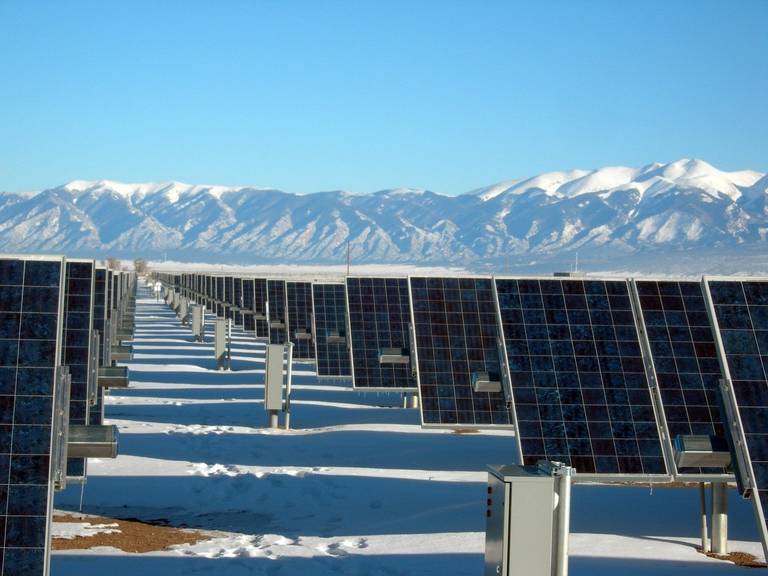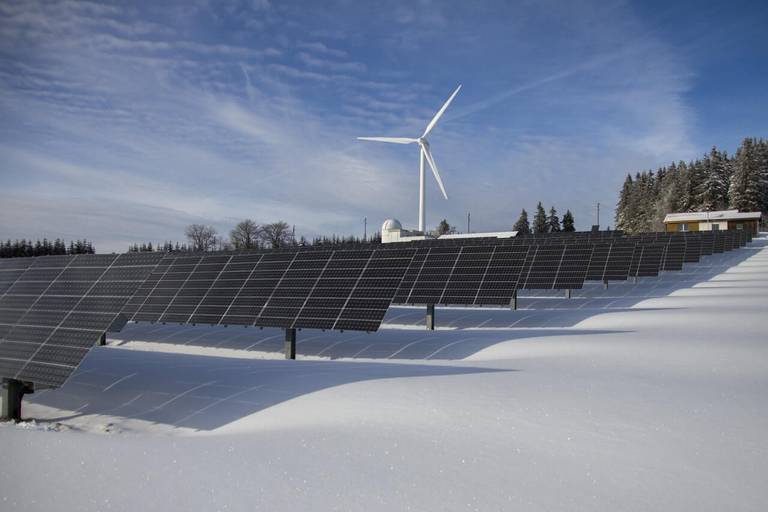7-step Guide: Best Residential Solar Panel Systems for Houses
Today you're going to learn how to choose among the best solar panels systems for houses and how to install them [FAST].
In fact, I'm going to show you the exact steps that helped me get rid of enormous utility bills.
The best part?
These Solar Panels are way much cooler than Tesla's solar roof.
Let's face it:
Businesses and homes across the nation are rapidly moving away from a fossil-fueled electric grid towards a clean energy-powered economy.
During a time of global climate change, it is evident that the emissions reduction target became very hard to achieve. In the post-corona energy transition era, solar panel systems for houses are picking up speed at a remarkable rate.
In short:
The cost of residential solar is gradually dropping across the United States. It's time to give deserved credit to the residential solar panels.
Learn everything about the growing residential solar industry with this 7 Step Guide Explaining Home Solar Systems.
Let's dive right in.
Since this is a large guide on home solar, here's a clickable index to help you navigate:
Quick Navigation
- What's the difference between solar for home and solar for business use?
- How long does it take to install a residential solar system?
- What percentage of your home can be powered with solar electricity?
- What's net metering, and will my solar panels be grid-connected?
- What is the typical cost of solar panels for a house?
- Who qualifies, and what are the tax credits for residential home solar systems?
- Does solar make sense if I don't plan to keep my home for 30 years?
What's the difference between solar for home and solar for business use?
A commercial solar project might be sufficient to power a company's factory or even a city. In terms of size and cost, commercial solar systems can cost from hundreds of thousands to millions of dollars.
On the other hand, residential solar systems cost way much less than that, while their average capacity is 6.5 kilowatts.
Thanks to their small scales, rooftop solar panels for home are an affordable energy upgrade today. A solar upgrade alone can generate notable electric bill savings for homeowners at any income level. Commercial solar, on the opposite end, requires a meaningful investment from one investor or even a group of investors.
How long does it take to install a residential solar system?
The first thing would be to meet with the solar installers in person and start the planning process. Once you have done all necessary site visits, only several days of work is sufficient for the actual installation of your entire home solar system.
Several factors determine the exact time needed for the installation of a complete residential system.
For example:
If you have opted for net metering, the process itself will take some more time until your panels get correctly connected to the grid.
It's easier than you think.
The installation itself is quick and relatively simple. What can take some time is the decision process for solar panels.
What percentage of your home can be powered with solar electricity?
A perfect answer to this question would be 100 % because solar panel systems can apparently supply all of your energy needs. Still, solar panels cannot run at maximum efficiency all the time.
It is not possible to expect that level of panel electricity production during the night, not even every day of the week.
Some major U.S. solar manufacturers like Tesla and SunPower recommend that homeowners should add a 25 % reserve when calculating their target for solar panel power supply.
A grid connection is necessary to cover your power usage fully. However, net-metering can help you to benefit from surplus production periods so that you'll never have to pay for your utility bill. At the same time, you'll be using the grid (free of charge!) for backup solar power storage.
What's net metering, and will my solar panels be grid-connected?
Most home solar systems are grid-connected. With grid-connected solar, net-metering is a proven, efficient answer to the question, "how do I produce power for my solar home at night?".
Net metering is a kind of solar incentive program where your electricity bill is credited whenever your solar system overproduces electric power.
At night, or whenever your panels are not producing enough power, you can use those same earned bill credits to cover the cost of electric power from the grid.
If you have an off-grid system, you won't be able to access and draw the electric energy from your utility.
This also means that for building off-grid projects, in addition to the over-dimensioned solar panel system, you will need extensive power storage capacities.
All of this is required only to provide backup power and cover your solar home electricity demand when your panels don't get enough sun.
What is the typical cost of solar panels for a house?
So the question is - how much are solar panels for home today?
Some calculators can help you estimate the solar panels cost in 2022 in the U.S.
However, the answer to this depends mainly on the system size and the state where the system is installed.
The best comparison across different solar system sizes is in $/W (dollars per watt).
The cost shown that way indicates how many dollars solar electricity will cost per watt of power production.
So what is the typical cost of solar panels for a house?
In 2020, homeowners are paying an average of $3/W, while in 2009, the average cost of solar was just over $7/W.
A price of $3/W means you'll pay approximately $19,500 before tax credits and rebates in 2020 for an average 6.5kW system.
Read also: The Best Solar Panel Companies In Maryland
Has the price dropped for residential solar in the last few years?
Statistics tracking the cost of solar electricity in the past decade is an excellent metric that shows the trend.
U.S. solar installation cost took a deep dive at approximately 73 percent over the past years.
Only in the last 16 months, the residential solar market saw a steady decrease in the price of more than five percent.
Solar technology has matured and evolved to a reasonable home upgrade that millions of American households are considering for 2022. Getting solar panels for your home is a bold but also smart decision you can make today.
When will your home reach the break even point for solar panels?
Many homeowners are concerned about the amount of time it will take for electric bill savings to compensate for the cost of solar panel installation. By calculating the solar panel payback period, you can get a pretty good idea about the expected break-even point ranges across the U.S.
This is the truth about solar systems:
The payback period for U.S. households (or break-even point) on their system cost is approximately after eight years.
That is precisely why the residential becomes the hottest sector of the solar industry. Despite the upfront cost, when you install solar panels for your home, the Return On Investment is pretty high, and the payback period is quite short.
Who qualifies, and what are the tax credits for residential home solar systems?
There are two possible options to follow when it comes to tax credits for solar panels.
The solar tax credit is the most crucial tax credit connected with solar panels for home, also known as ITC (the federal investment tax credit). As long as you buy the system and not rent it, The ITC provides a tax credit equal to 30 % of the total cost of your solar system.
State solar tax credits are your second option. For example, New York state's tax credit saves an additional 25 % off your residential system cost. Depending on the state you live in, solar programs and tax breaks might be quite significant. Some states offer amazing case-specific, but also more complex options, so do some research into SRECs and other municipality-driven solar rebate programs.
How to get a solar panel system for your home, even if your roof does not qualify?
Many households who would like to go solar, at some point, realize they do not have a suitable roof. The residential solar sector offers some options, even for such cases.
Community-owned solar gardens and ground-mount solar installations are the smartest options to access sun-power without installing panels on your rooftop.
Installing ground-mounted solar arrays is an easy way to own the system while bypassing any roofing difficulties. At the same time, community solar requires you to share a solar system and interconnect with other neighbors.
Does solar make sense if I don't plan to keep my home for 30 years?
Homeowners considering solar might not be sure for how long they will own their house. So the logical question is, "What happens if we install solar panels and then move?" A typical life expectancy of a solar panel system is 25 up to 30 years. If you don't plan on keeping the house that long, you may wonder if solar makes sense at all.
Look:
The truth is that solar increases the value of your house. It also expedites the selling process of the property when the right buyer comes. The property market is full of buyers keen on getting a solar home with the benefit of zero utility bills.
So give it a go, use this info wisely to make a bold first step toward going solar.
Help someone by sharing this page.

